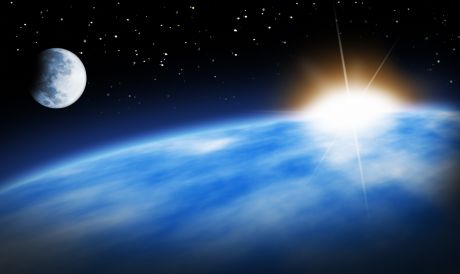
Hundreds of extrasolar planets – also called exoplanets – have been detected so far, and an intense worldwide research effort is ongoing to unveil the details of these distant worlds. Some of the latest discoveries have been made by EU-funded scientists.
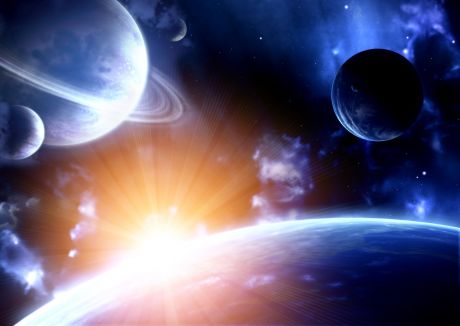
Astronomers have long suspected that other star systems in our galaxy and the Universe may have orbiting planets of their own. EU-funded scientists have now developed direct methods for actually acquiring an image of these extrasolar planets.
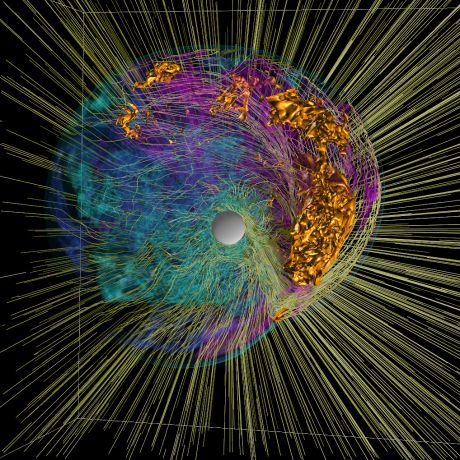
The dense stream of massless neutrinos flowing away from a collapsed supernova core disturb each other, giving rise to collective oscillatory effects. The importance of these nonlinear phenomena was only recently recognised and studied.
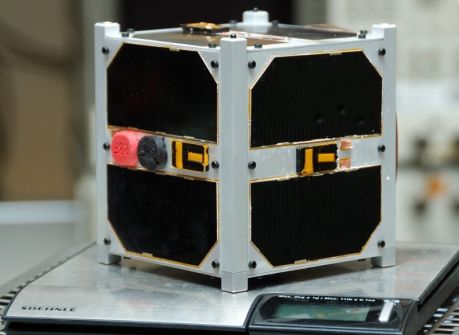
At a time when budgets are cut, satellites weighing just a few kilograms could become valuable tools for space exploration. For nanosatellites to open space to a larger community, an EU-funded project sought to establish a secure base of technologies, infrastructure and human resources.

Newborn stars are surrounded by protoplanetary disks, swirling plasmas that can constitute the core of a developing solar system. EU-funded scientists studied the disordered movement of the constituent gases to get a grasp of how they make this transformation.
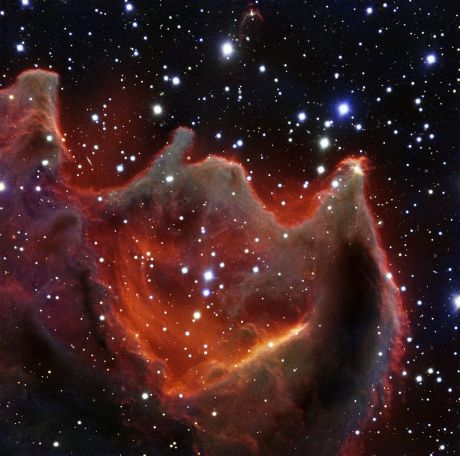
While the visible night sky appears unchanged, the Universe as observed at high energies is seething with activity. EU-funded scientists have developed tools to analyse the intriguing behaviour of the many sources of gammarays.
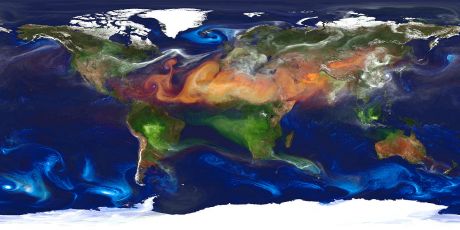
Geospatial data is collected from floating data buoys in the world's oceans as well as land-based environmental stations and satellites orbiting Earth. Researchers worked together to make such vast amounts of data easier to use.
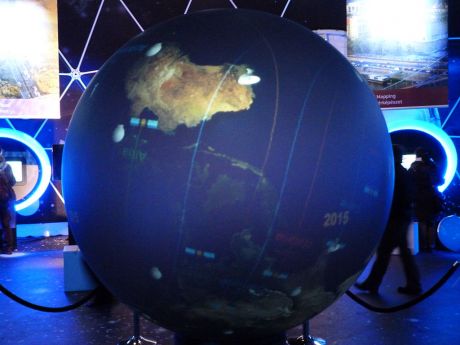
An EU-funded consortium has proposed an innovative framework for sustainable open access to in-situ data needed by Copernicus services in the future operational phase.

EU-funded scientists pitted the results of advanced numerical simulations against observational data in an effort to improve their capability to detect gravitational waves emitted from merging binary black holes.
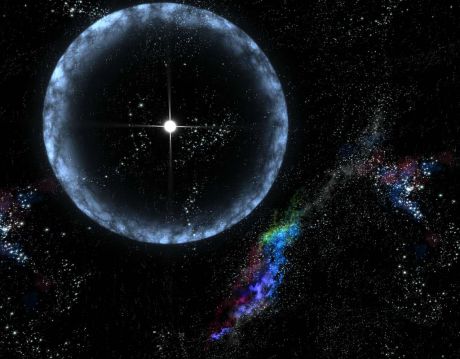
EU-funded physicists have gained glimpses of the stuff inside neutron stars, combining observations with theoretical calculations to pin down the nature of matter in these ultra-dense stellar corpses.
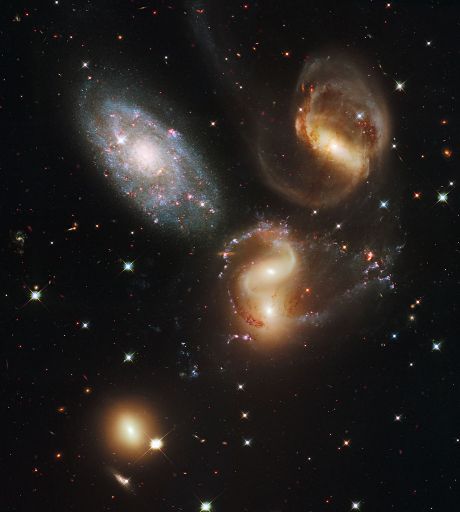
Galaxy clusters are thought to be the largest gravitationally bound objects in our Universe. EU-funded astrophysicists study the available wealth of observations to confirm theories of their evolution through cosmic time.

Ice is found throughout our solar system, from Mercury close to the Sun to the outermost shell of comets in the Oort cloud. EU-funded scientists reviewed some of the places in which ice exists to determine how planetary systems form.
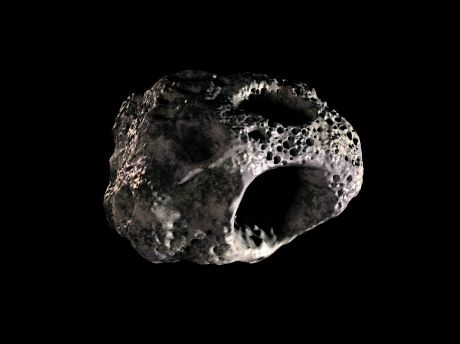
Asteroids can impact anywhere in the world and as many nations as possible should contribute to head off the next major hit. An EU-funded project was an important step in this direction.
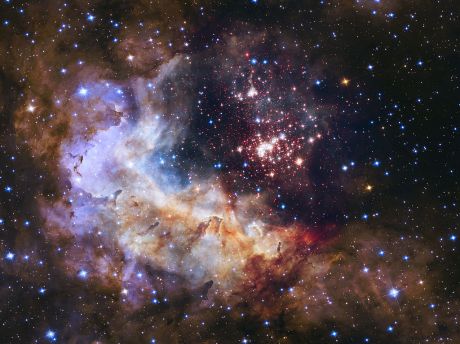
Massive stars play a crucial role in the evolution and chemistry of stellar nurseries and galaxies. Starting with the initial quiescent phases of massive star formation, EU-funded scientists have developed a complete picture of how they form.
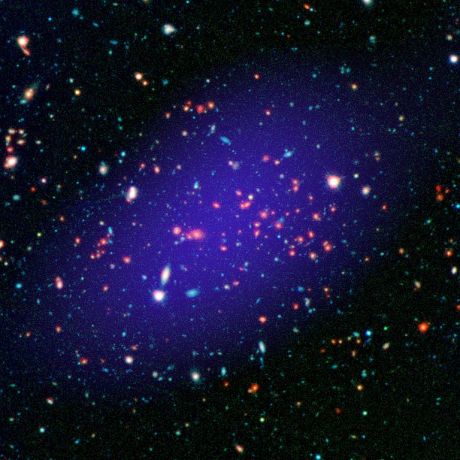
EU-funded researchers have developed cutting-edge technology that makes Europe independent of US instrumentation for the sub-millimetre region of the electromagnetic spectrum.
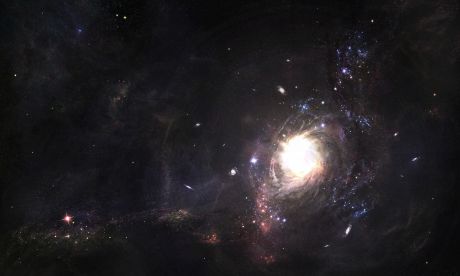
With more than 1 000 satellites in orbit around Earth, it is high time to figure out how to predict solar storms. Now, a new European system provides frequent and reliable web-based forecasts so that satellite operators can take action to protect their satellites from damaging solar eruptive activity.
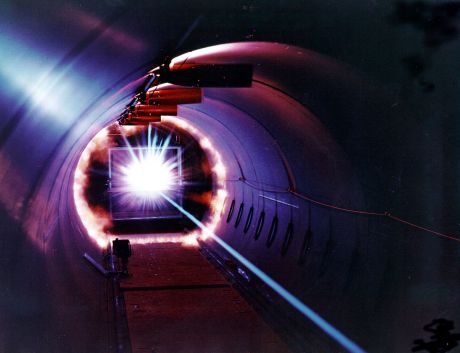
Thousands of small-sized pieces of Space debris orbit around the Earth, posing a threat to satellites. Using Earth-based lasers, an EU-funded project expects to do a proper clean-up.
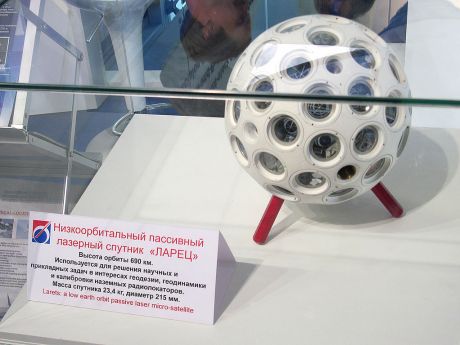
New ideas are being constantly explored to help microsatellites fulfil missions just like larger spacecraft. EU-funded scientists worked on an experimental form of propulsion to address mass and power constraints.
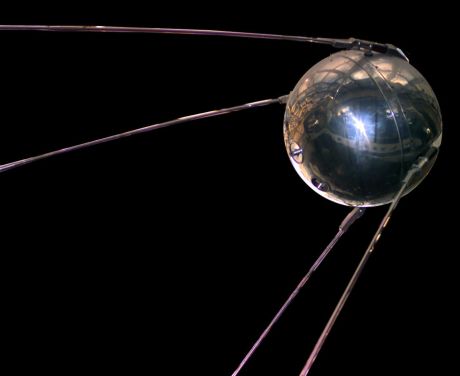
An EU team developed two different analogue-to-digital converters (ADCs) for satellite communications. The low-power, high-performance devices extend the state of the art, and help establish European independence in the sector.
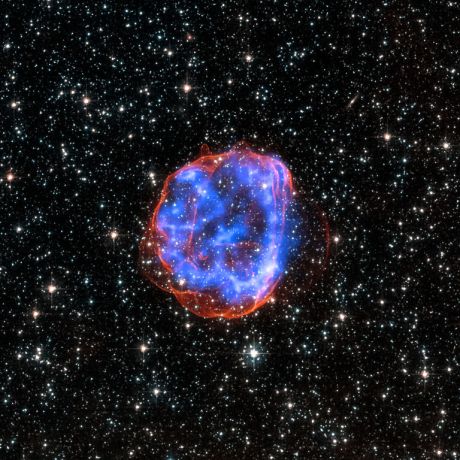
Space-based systems have become indispensable to services critical to Europe's economies, including security. An EU-funded initiative has facilitated the dialogue among the main stakeholders watching for space objects that could harm this infrastructure in orbit.
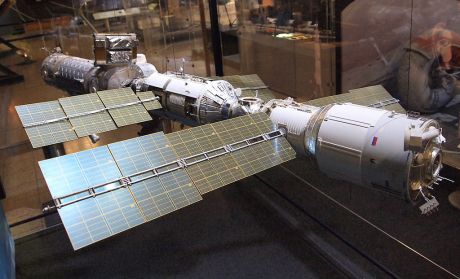
Small and medium-sized enterprises (SMEs) form the backbone of the European economy, providing a potential source for growth. An EU-funded initiative aims to demonstrate that SMEs can also be players in the space technology sector.
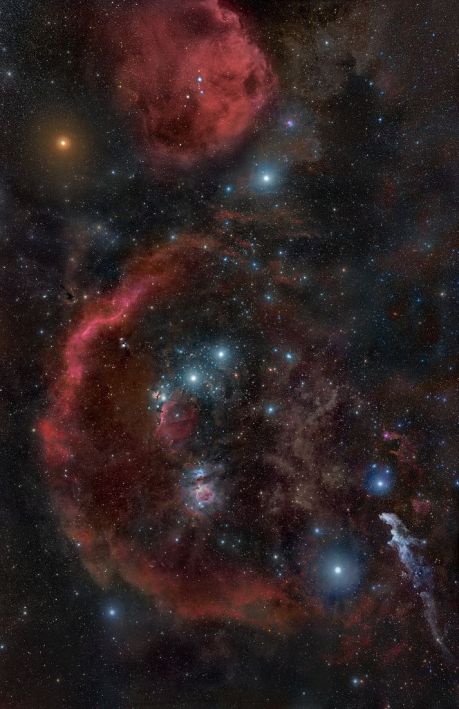
There is observational evidence that our Universe underwent a phase of accelerated expansion sometime in its early history. But, until recently, the predictions of theories suggested by quantum gravity for this inflationary epoch fared poorly when compared with measurements of the cosmic microwave background.
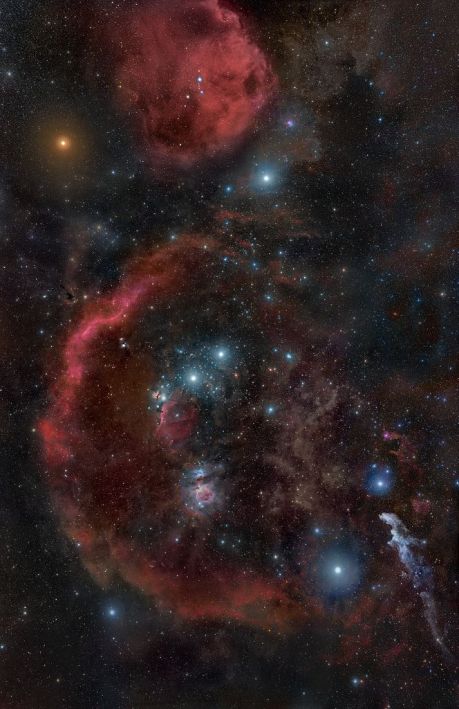
There is observational evidence that our Universe underwent a phase of accelerated expansion sometime in its early history. But, until recently, the predictions of theories suggested by quantum gravity for this inflationary epoch fared poorly when compared with measurements of the cosmic microwave background.

Understanding the physics of the dark sector is one of the foremost challenges of cosmology today. New sophisticated simulations of the evolution of the Universe will play a crucial role in this endeavour.
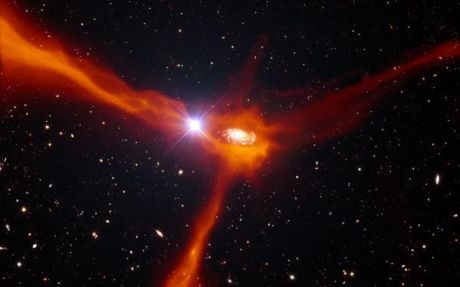
Neutron stars and black holes are unique laboratories to study matter in its most extreme conditions. To better understand their properties, EU-funded astrophysics addressed multi-wavelength observations with fundamental physics in conditions not reproducible in terrestrial experiments.
























